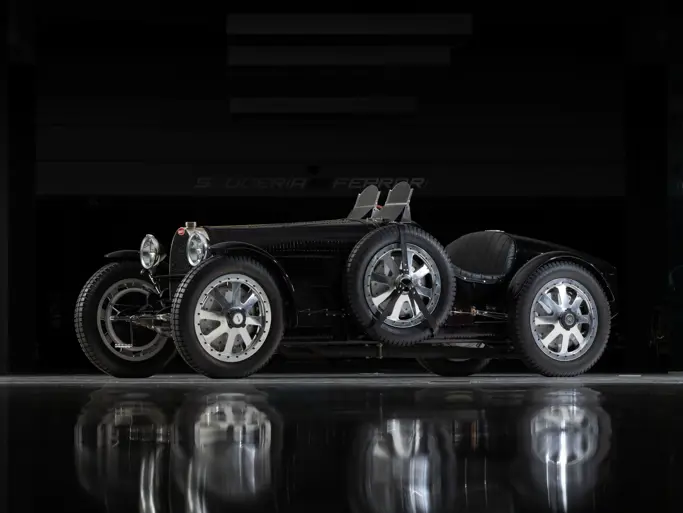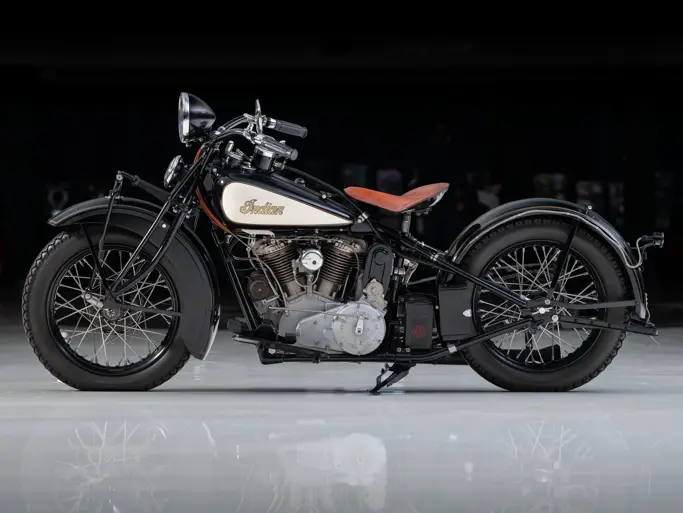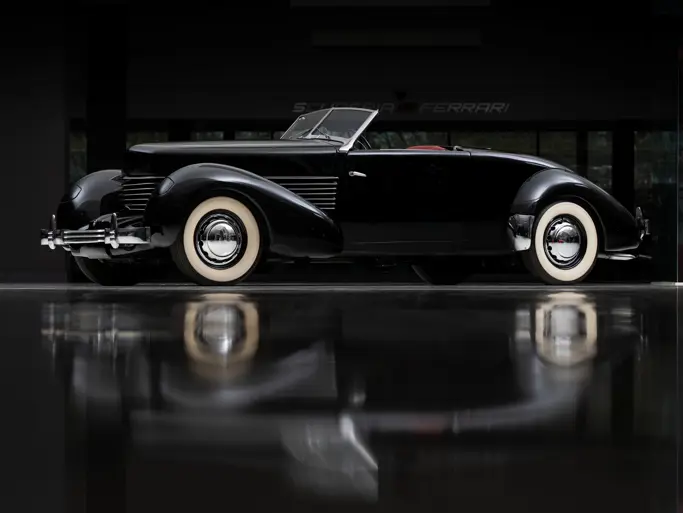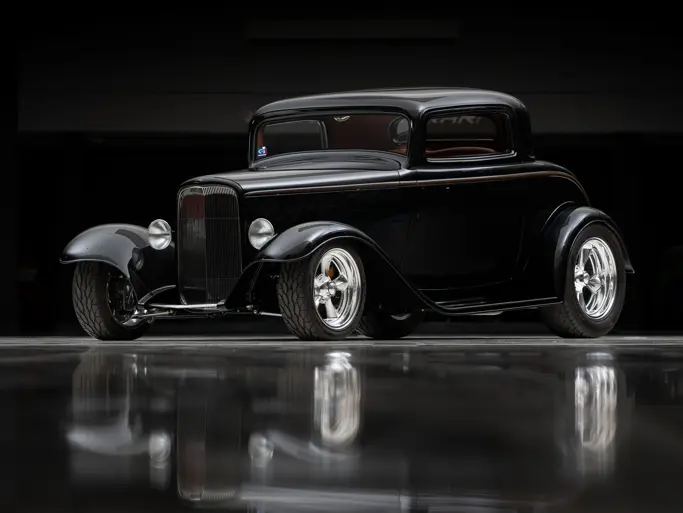Auburn Fall 2015
1930 Packard Deluxe Eight
{{lr.item.text}}
$176,000 USD | Sold
 | Auburn, Indiana
| Auburn, Indiana
{{internetCurrentBid}}
{{internetTimeLeft}}

- Inline eight-cylinder engine
- Three-speed manual transmission
- Among most desirable of open Packard bodies
- Seventh Series
- Dual cowl, two windshields
- Dual sidemounts
- Grille guard and mascot
- Dual spotlights
- Driving lights
- 145-1/2 inch wheelbase
With new styling overseen by famed designer Ray Dietrich, the Seventh Series Packard models debuted on August 29, 1929, sporting lower, sleeker lines and the beautifully flowing front fenders so emblematic of the Classic Era. New headlamps and the repositioning of the lights from the cowl to the front fenders were other notable stylistic changes. Even though a wide range of custom bodies were available from the finest coachbuilders of the time, most Packards were production cars, and were well built, luxurious, smooth, and very quiet. Even these were alarmingly expensive, selling for the price of a very nice house.
Mechanically speaking, 1930 marked the first time Packard did not build its own carburetor, opting for a Detroit Lubricator updraft unit for its eight-cylinder engine. A new low gear was added to the three-speed gearbox to create a smooth-starting four-speed. Cooling was improved by a redesigned water pump with dual fan belts, and the slightly sloped grille was fitted with thermostatically controlled shutters. Packard claimed its “Pull Daily” lubrication handle accomplished the work of “43 men with 43 oil cans.”
Presented in silver with red and a tan tufted interior, canvas top and side curtains; this dual cowl Packard rides on a 145-1/2 inch wheelbase chassis which was utilized with the Model 745 Deluxe Eight. It is lavishly equipped with dual sidemounts with tread covers and pedestal mirrors, windwings, grille guard, radiator mascot, trunk, driving lights, dual spotlights, clock, painted wire wheels and whitewall tires.
The dual cowl sport phaeton was the most desirable among the open Packard body styles available in the Seventh Series. It was a classic four-passenger open model with a second windshield and cowl for rear seat passengers. In many ways, this dashing and well-proportioned style, which was so appropriate to country estates and summer homes, defined the 1930s Classic Era.





